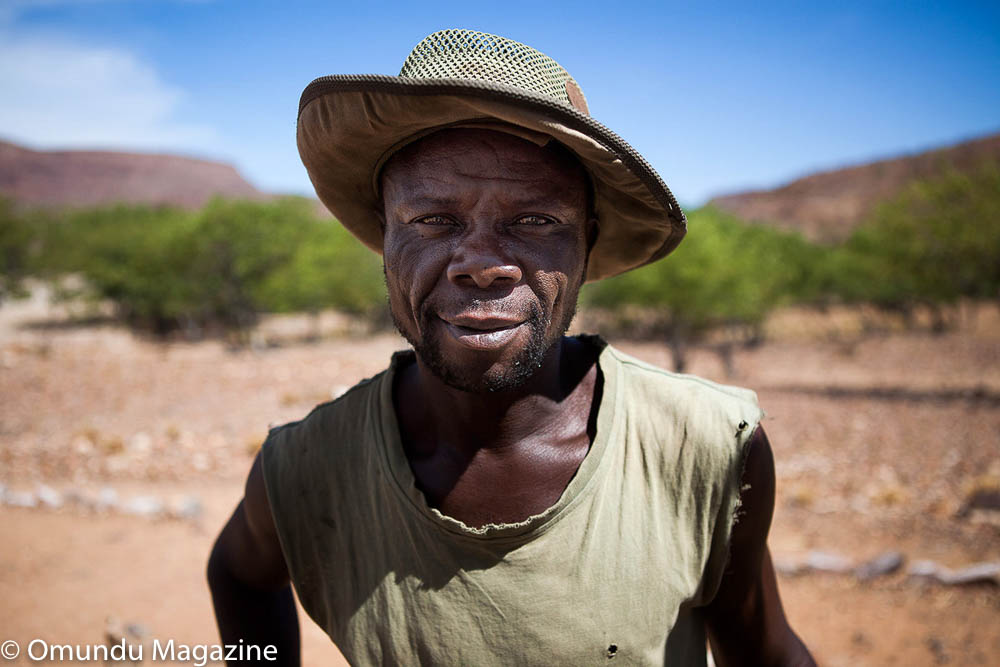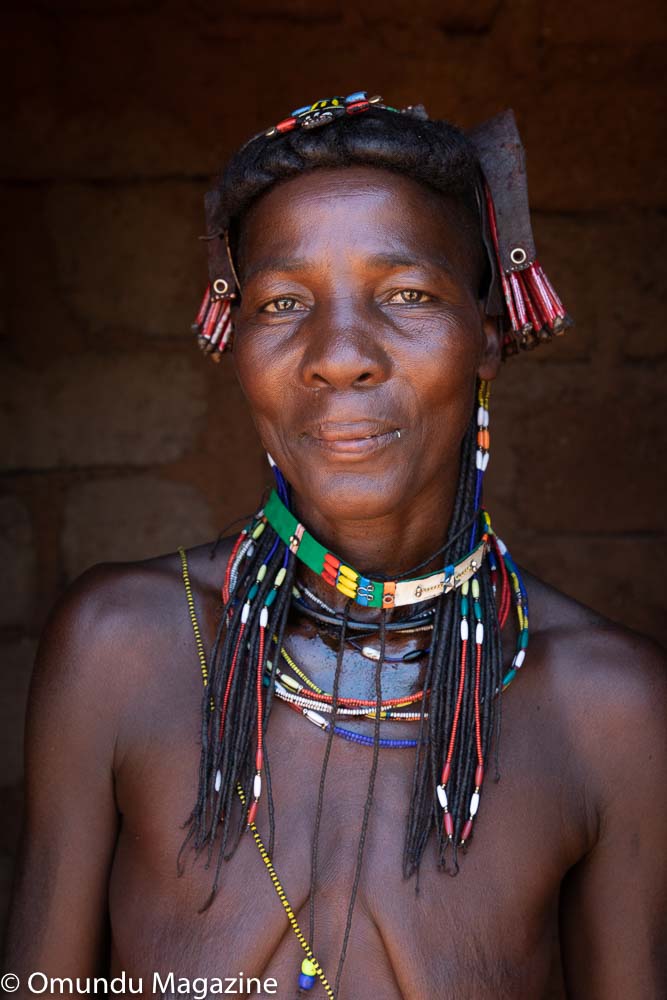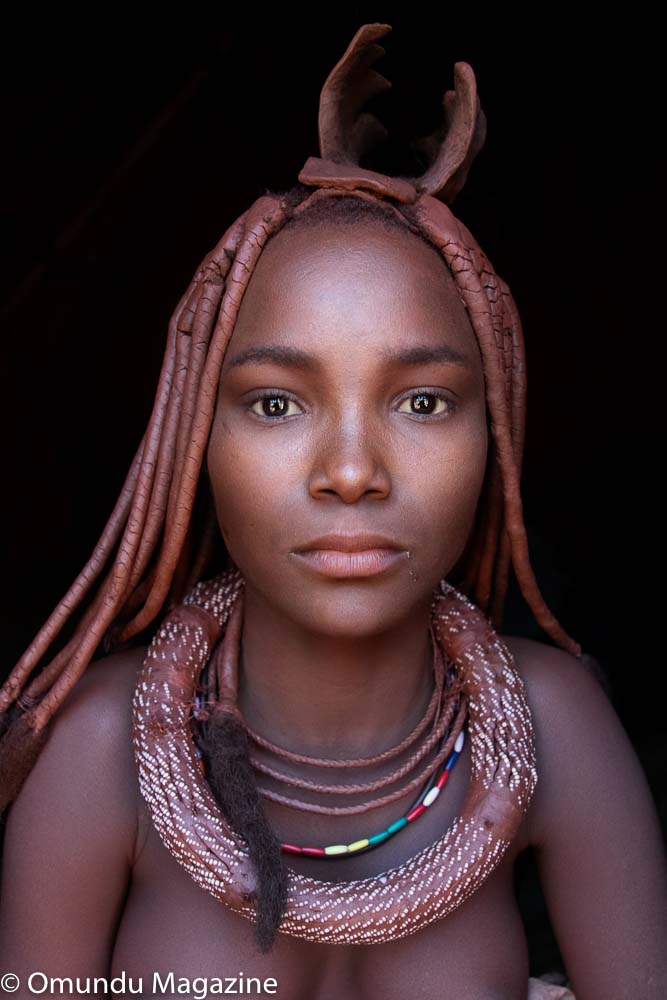
Hereros and Damaras share a mother
The neutral name Ovaherero communities give people from the Damara community is Omutakume or Omuzorotua.
There has never been any doubt that Otjiherero-speaking Angolan and Namibian communities like Ovatjimba, Ovahimba and Ovazemba come from the same root. These communities do not only share related languages, but most are pastoralist and share a tradition and culture.
These cattle-keepers are proud communities, which had regarded other communities to be of lesser worth than them. When a typical, uncivilized Omuherero addresses a person from a community other than his/her own, the tone will emphasise some superiority.
The neutral name these communities give people from the Damara community is Omutakume or Omuzorotua. Omutakume is neutral, since it is the same noun used to describe how one speaks English. However, Omuzorotua is altogether a different way to describe a person. The San, Damara and Ovatwe in Kaokoland are all called Twa.
Omuzorotua may mean a Sa who is black in colour, even though some historians have concluded that the name Twa had been used as a label for communities, which did not keep livestock. Whatever the long-held perceptions, there is no doubt that Otjiherero-speaking communities had always considered themselves more superior to the Damara.
But a study published in the American Journal of Physical Antropology Wiley has raised eyebrows for suggesting that these Otjiherero-speaking communities and the Damara are from the same ancestral mother.
The Tjimba and Himba in Southern Angola share a common ancestor with the Herero, Himba and Damara in Namibia.
Although the study finds that another community from that area shares in this same ancestral mother, it concludes that that other community called the Kuvale is half-Bantu-half-Khoisan; sharing another ancestral parent with the Tshwa, Shua, TcireTcire and //Ani.
People from the central Kalahari like the Gjui, Gjjana, and Naro and Nama and Haijjom from Namibia are found to share an ancestral mother with the Kx’a- and Tuu speaking Khoisan.
Most of the Angolan and Namibian Bantu communities are of the Niger-Congo Bantu root

Munahone
Munahone, shown in the photo on the left is an Omuhakaona woman from Southern Angola.
Her photo has been sourced from work by Inger-Vandyke and she is from the same maternal community that brought forth Ovaherero, Ovambanderu, Himba, Tjimba, Ovadhemba

Pretty Pipia
She is an Omutua girl from Angola. Her photo has been sourced from work by Inger-Vandyke and even though she shares in the maternal ancestry of the Damara, Ovaherero and other communities, her lighter complexion has now been genetically proven to show a derived ancestry with the Khoi and San communities
Eastern Kalahari communities like the Tshwa, TcireTcire and Kavango communities like the jjAni and Buga form a group that has high levels of maternal Bantu-Khoisan mixing that one finds in Bantu-speaking Kuvale, Tswana and Kgalagadi.
Finally, the Damara, the jjXokhoe and the Kwepe speak a click-sound language and have been considered to share some descend with the Khoisan.
But the study has found that these communities are actually genetically as Bantu as the Tjimba, Himba and Herero and their mitochondrial DNA has not mixed a lot with that of the Khoisan, like one would find in the Kuvale, whose maternal ancestry is half-Bantu-half-Khoe.
The close genetic proximity of the Himba and Herero pastoralists to the Damara, who speak the same Khoe language as the Nama and have a peripatetic lifestyle is in sharp contrast with the Kuvale, whose language and culture are similar to the former groups. Researchers say that it is most likely that Ovaherero, Himba and Damara share the same ancestor than it is most likely for Ovaherero, Himba and Kuvale to share one ancestor. They say that the Kuvale and Namibian communities’ common origin is recent, not ancient.
When new communities are formed or new blood is being incorporated into Bantu communities that follow the Eanda/ Matriclan organisation, the matrilineal principle is frequently violated. This pattern is observed in the Kuvale, who like to marry their own and are ethnically Bantu.
But they have two-blood groups (L0d1a1b1a and L0d1b1b), including the powerful Mukwangombe clan, whose origins are traced to the Khoisan. One of the Otjiherero speakers’ most famous proverbs is, “ Eanda karikondua” (a maternal lineage is not severed) to emphasise the importance of keeping the Eanda clean. It discourages any intimacy between people of the same matriclan. Even though in practice, children born to siblings have been allowed to enter into marriage, and other communities have viewed this as incest, all the people from Otjiherero-Himba speaking communities rarely dare to date someone from the same matri- clan.
The practice appears to bolster the finding American researcher have made about the huge difference existing between people from the same community, whose Omaanda/Matriclan lineages are different. The researchers say these differences are as wide as you would find among related, but different communities like the Herero and Kuvale.
This means that Omaanda have preserved their gene pools much better than the different tribes have done. That is why people sharing Eanda/Matriclan have the highest probability of being relatives.
When considered from the findings it proposes, this research implies that the Damara community may have lost its original Bantu language in Angola. It further proposes that pride in one’s tribe could be fleeting, since one’s ancestry may well be with the tribes the person frowns upon.

One thought
Appreciate your comment, but would briefly like to comment on the “Twa!”
“Twa” in this case means “addition” or “added to!” That means it’s not “pure!” That’s general! It generally has acquired a negative connotation, because of the “slave bent” to it, but generally meant, not politely of course; for anyone who does not belong to the said tribe!
Comments are closed.